Almost a decade after Moomba riots, notorious festival still attracting brawlers
Every single year, there’s one event in Melbourne that brings out the worst in the city. This year was no exception.
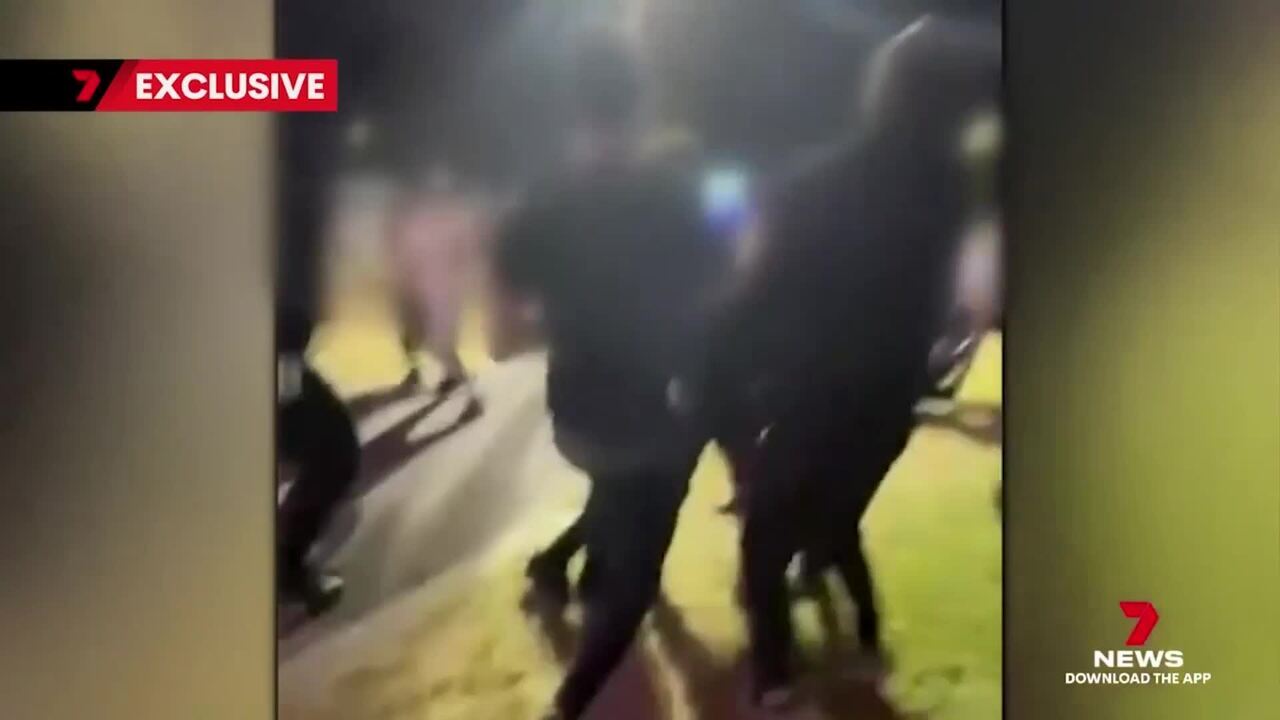
Dozens of police officers stood side-by-side inside Melbourne’s Flinders Street Station last Saturday night.
They created an imposing wall as families exited trains for a night out on the banks of the Yarra River where the city was celebrating its annual Moomba Festival.
But it was not families that police were waiting for.
They were there, armed with special powers for last week only, to search anybody they suspected might be carrying a deadly weapon or there to cause trouble.
Flinders Street, along with a large area of the CBD, were declared a Designated Area — meaning there had been “violence or disorder with a weapon at a previous event or celebration” — specifically Moomba, an event marred by brawling youths for almost 10 years.
Last Saturday was no different. Hours after police greeted people at one of the city’s most famous landmarks, a brawl broke out involving dozens of youths.
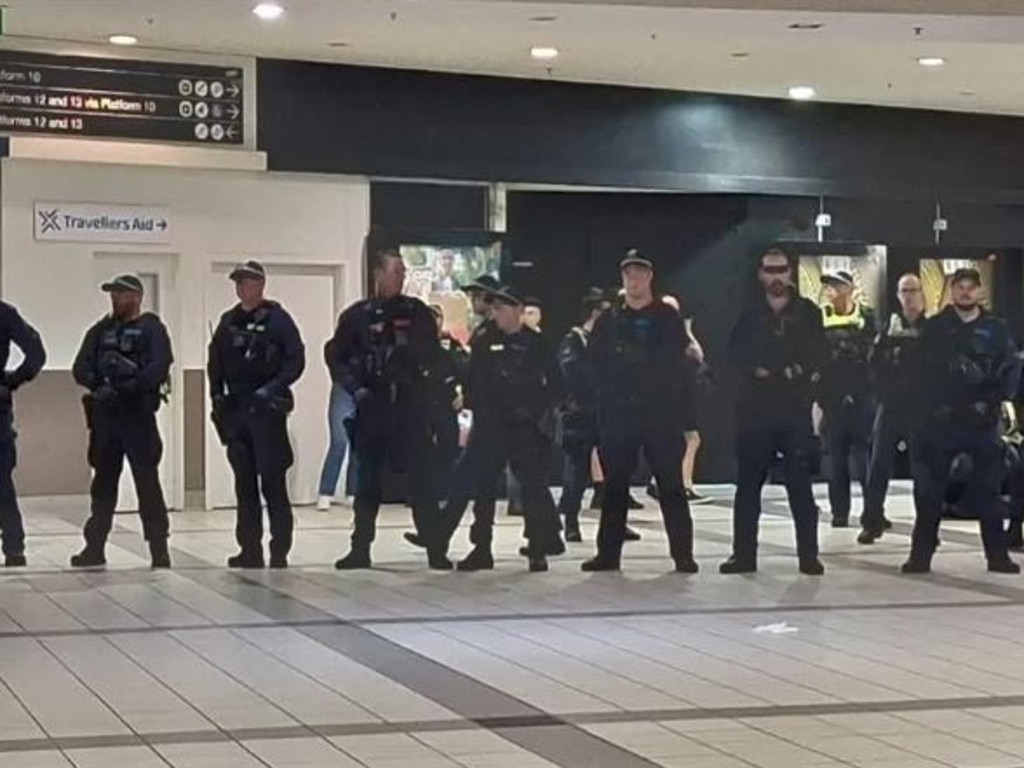

Footage from the scene showed young men throwing kicks and punches as bystanders did their best to escape the melee.
Police are investigating but no arrests have been made, they told news.com.au.
It is the latest in a long line of similar incidents at the March event — one that brings tens of thousands of people to the CBD for a parade, a carnival atmosphere and the famed Birdman Rally.
In 2016, riots at Moomba made national headlines and sparked a panic about African gangs. Then Premier Daniel Andrews vowed to “smash these gangs”, but the fighting went on each of the next three years.
In 2019, witnesses to more violent brawls described them as like something “out of a movie”.
On that occasion, hundreds of young men and women from what police described as rival gangs converged on Federation Square where smartphones recorded the chaos.
“(The size of the group) ranges from 150 to 250, they are networked on social media. They know each other … some of them assume banners of street gangs,” Victoria Police Commander Tim Hansen said.
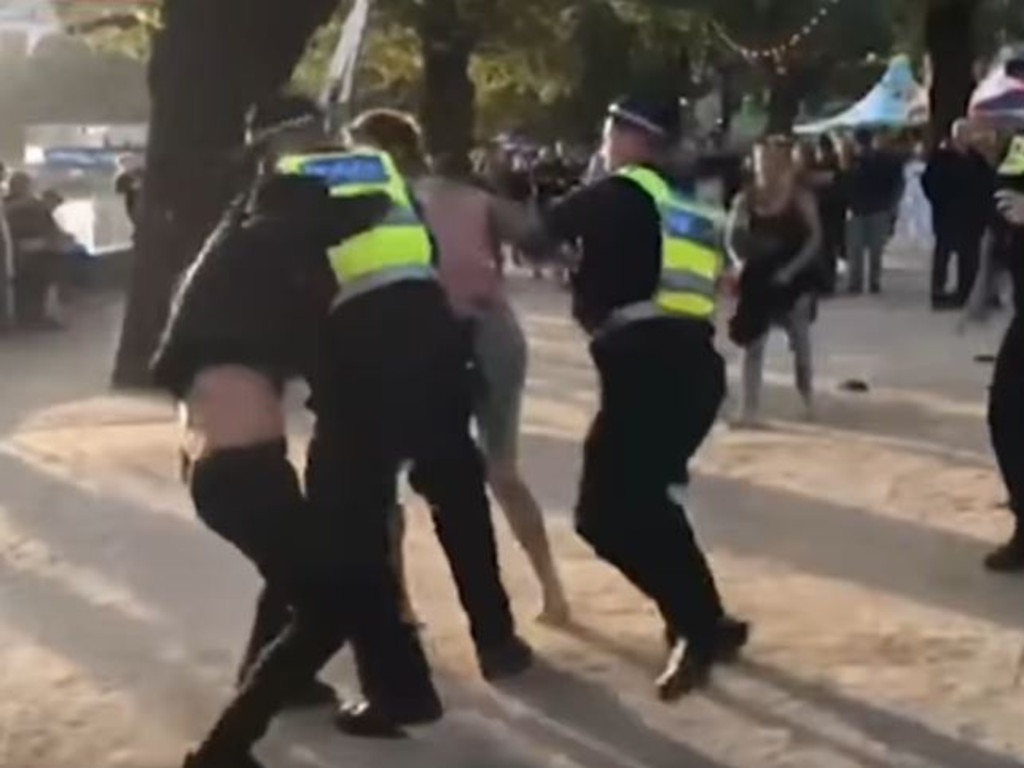
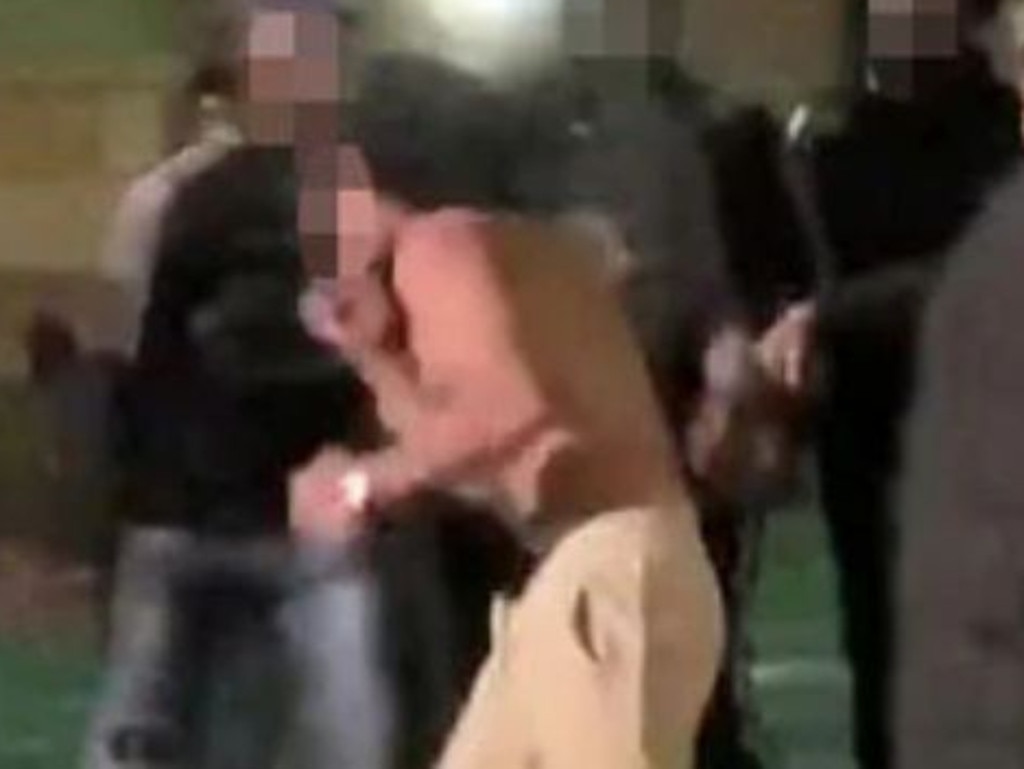
Victorian Liberal MP Jason Wood described this year’s scenes as “shocking violence”.
“Youth gangs run riot in Victoria because under Labor they face no consequences,” he wrote on social media next to a video of Saturday night’s ugly all-in fight..
Associate Professor in Criminality and Justice at RMIT University, Dr Marietta Martinovic, said there are lots of reasons Moomba attracts violent young men.
“It’s that kind of a gathering that invites young people there. The vast majority have good intentions and engage properly,” she said.
“Unfortunately it’s also a gathering where some people think ‘I’m going to do the wrong thing’.”
She said youth violence is not specific to Victoria, despite reporting about a “crime crisis” in the state. But it is not immune to young men being bored and causing trouble or the “instant gratification” they seek.
“Parents these days are struggling, young people are struggling to afford social activities to kill their boredom,” she said.
On social media, users reacted to the violence, as well as the large police presence.
“As soon as I came out the gates (at Flinders Street) I was searched for weapons,” one person wrote. “They told me they knew I didn’t have any but they had to make it look ‘random’ so they could target those they knew had weapons.”
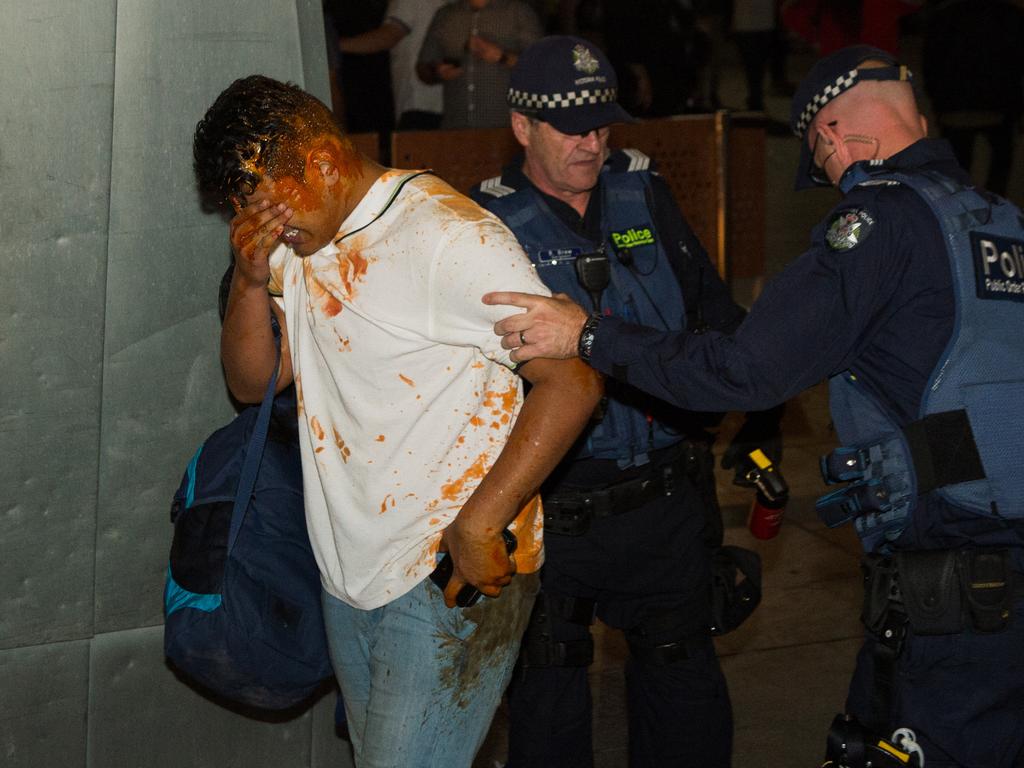
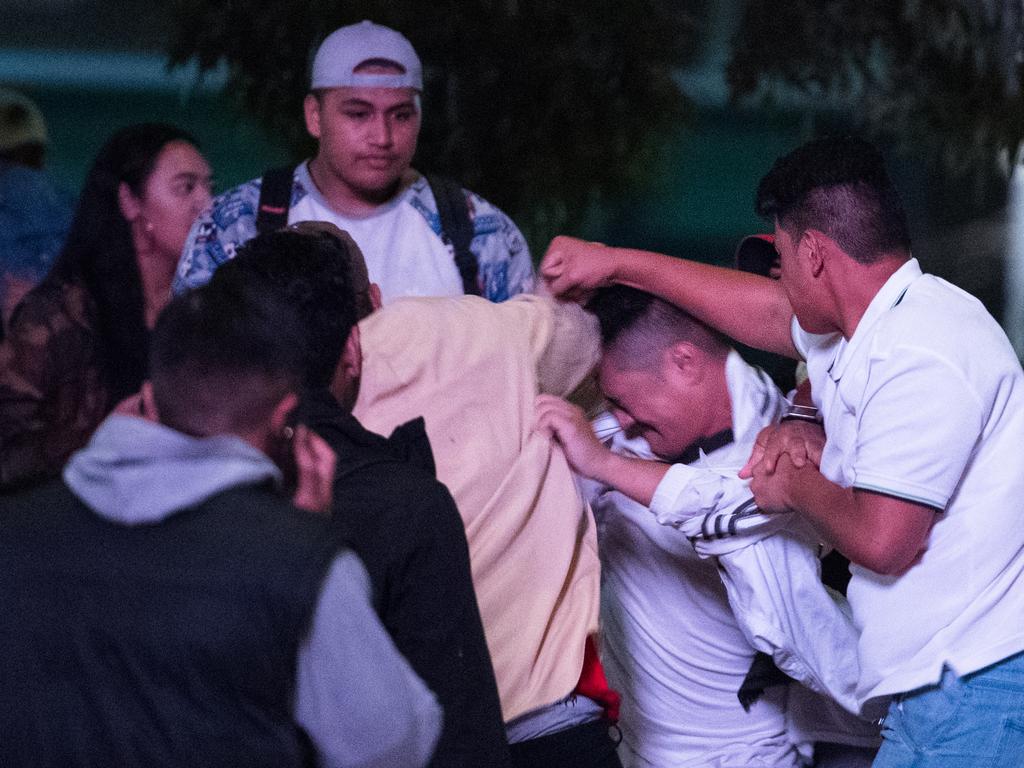
The 2016 Moomba riots were among the worst in the event’s history. They saw dozens of young men arrested after rival gangs, including the notorious Apex gang, broke into fights in the CBD.
On social media before the event, one user posted a photograph of several machetes with the caption: “Moomba going to be lit”.
Academics specialising in criminology at Monash University, Jarrett Blaustein and Kathryn Benier, wrote that the fighting was “Victoria’s most significant episode of public disorder since the G20 protests of 2006”.
They noted that the outbreak of violence “had major political consequences at both the state and federal level” and “most visibly sparked a wave of heavily racialised media narratives about ‘African gangs’ that gained further momentum in the lead-up to the 2018 Victorian state elections”.
One of the longstanding impacts of the coverage was stigma faced by members of the South Sudanese community.




